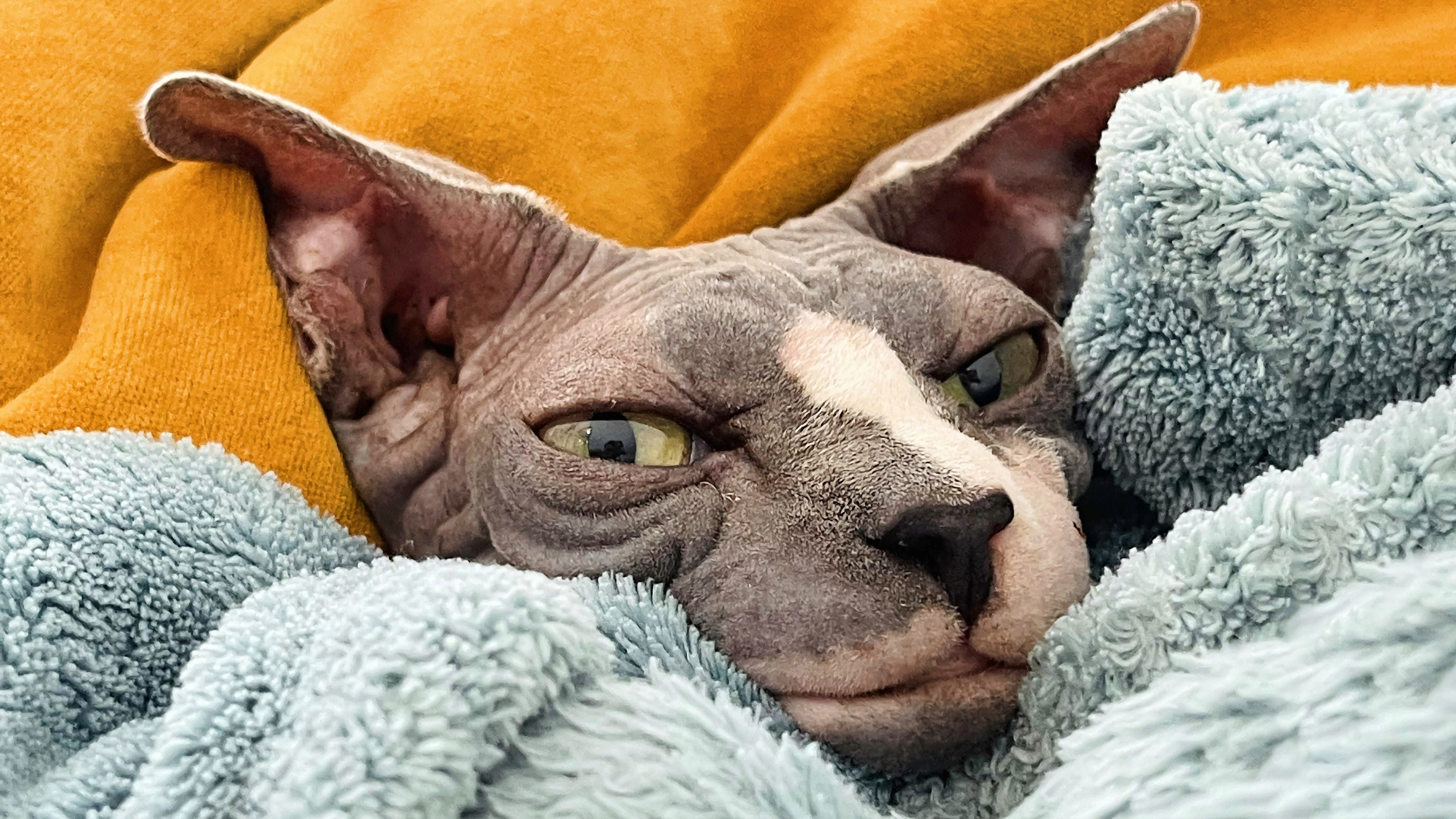
XL bully dogs have been in the news a lot over the last year or so, largely due to the ban on ownership in the UK coming into force a few months ago. The dog is a type of American Bully, known for their size, strength, and appearance.
Now, however, UK animal charity the Royal Society for the Prevention of Cruelty to Animals has warned people against buying “bullycats”, a new breed of hairless cats named as such for their resemblance to the XL bully.
It warned that these Sphynx-like cats are bred with very short legs, which can strain their joints, and “excess skin folds,” which could lead to skin conditions. These problems can cause the cats plenty of discomfort, and also be quite costly at the vet.
While they might make great pets in many ways, and will no doubt enjoy playing with some of the best cat toys like any other kitties, it’s important to take these factors into account.
Meanwhile, it also explained that their lack of fur could leave them vulnerable to ultraviolet light, and unable to use their hair and whiskers to explore their environment in the way that cats do. And, as they’re bred from a limited gene pool, there could be further health issues to come.
Fellow animal welfare charity Naturewatch Foundation has described bullycats as attracting a “disturbing following” on social media platforms of late, while Dr. Dan O’Neill, Associate Professor of Companion Animal Epidemiology at the Royal Veterinary College (RVC), described it as being “heartbreaking” to see the “enormous suffering that humans have imposed on dogs” being done to cats, too.
He added, “Bullycats are likely to suffer similarly shortened lives to those reported from a recent RVC VetCompass paper on Sphynx cats that lived just 6.7 years compared to an average of 11.7 years in cats overall.
“The advice to anyone thinking of acquiring a cat or a dog is to always put the welfare of the animal first and to stop and think before acquiring an animal with an extreme and unnatural body shape that does not exist commonly in nature.”
A spokesperson for the RSPCA told The Independent: “We understand that their emerging presence on social media may fuel a demand for these kinds of cats but we would urge fellow cat lovers to consider adopting the many rescue cats in our care instead of buying from a breeder. We would also urge breeders to prioritize the health and welfare of any animal over the way they look.”
If you like the look of hairless cats, why not consider these seven bald and beautiful hairless cat breeds instead?







